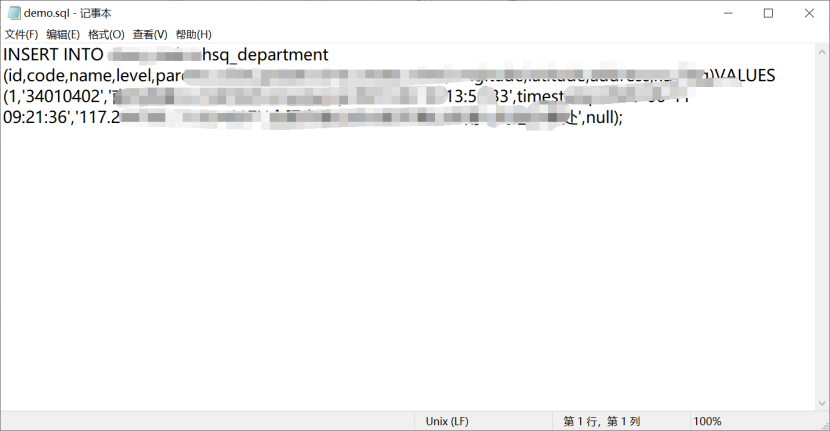多线程——Runnable接口
以实现Runable接口的方式创建线程比继承Thread类有很大的优越性,因为类不能多重继承,即一个类只能继承一个类,那么如果该类已经继承了一个类,就不能实现多线程了,但是可以通过实现Runable接口的方式实现多线程。
1、Runnable实现多线程
package pers.zhb.runnable;public class MyThread implements Runnable{public void run() {for (int i = 0; i < 20; i++) {System.out.println(Thread.currentThread().getName()+":正在执行!"+i);}}}package pers.zhb.runnable;public class RunnableDemo {public static void main(String[] args) {MyThread mt=new MyThread();Thread t2=new Thread(mt);//Thread类本质上也是实现了Runnable接口,但是Run方法是空的t2.start();for (int i = 0; i < 20; i++) {System.out.println("主函数线程!"+i);}System.out.println("主函数执行结束了");}}
2、join()方法的使用
主线程在子线程运行结束后才开始运行。
package pers.zhb.runnable;public class MyThread implements Runnable{public void run() {for (int i = 0; i < 20; i++) {System.out.println(Thread.currentThread().getName()+":正在执行!"+i);}}}package pers.zhb.runnable;public class RunnableDemo {public static void main(String[] args) throws InterruptedException {MyThread mt = new MyThread();Thread t1 = new Thread(mt);t1.start();t1.join();for (int i = 0; i < 20; i++) {System.out.println("主函数线程!" + i);}System.out.println("主函数执行结束了");}}

转载于 //www.cnblogs.com/zhai1997/p/11370201.html
//www.cnblogs.com/zhai1997/p/11370201.html



































还没有评论,来说两句吧...